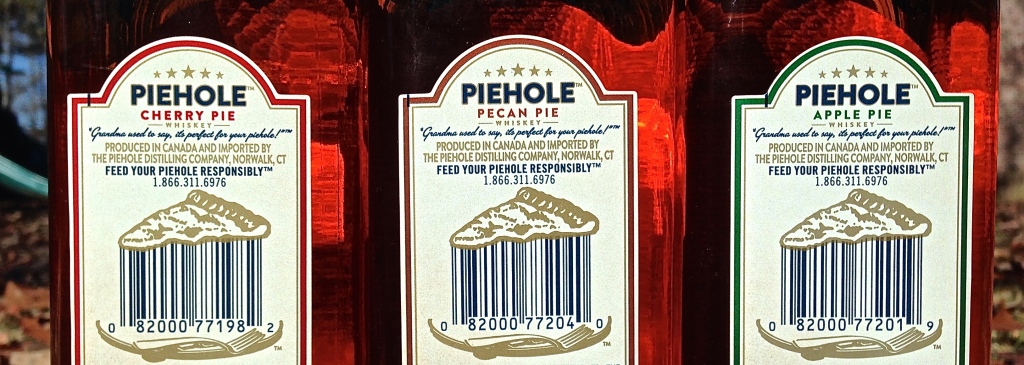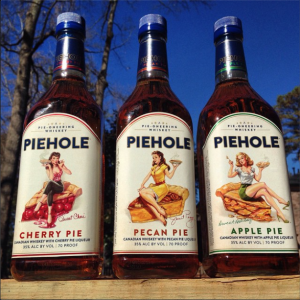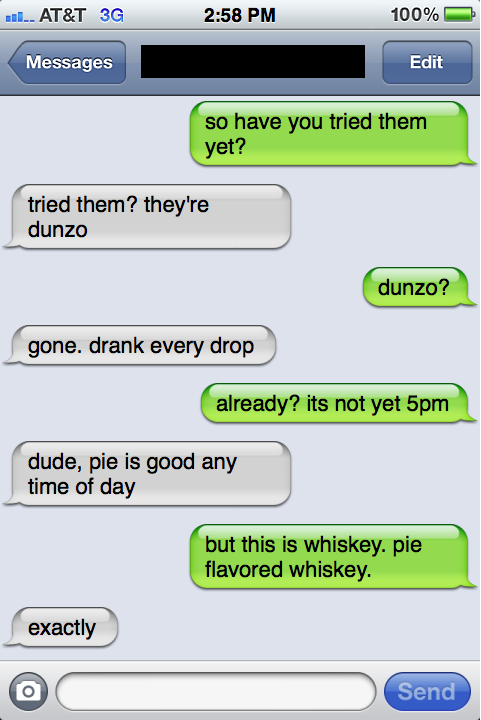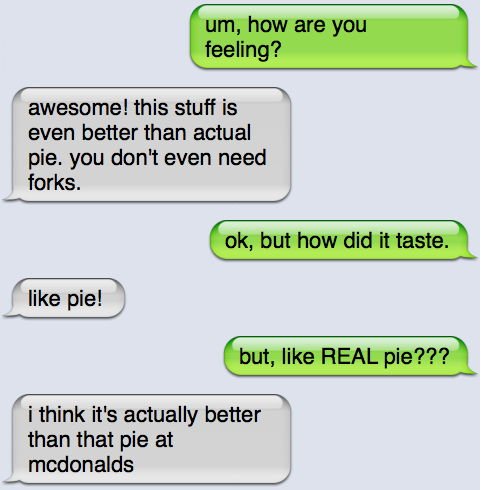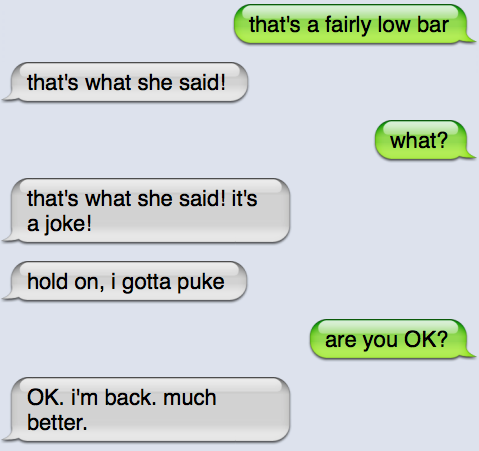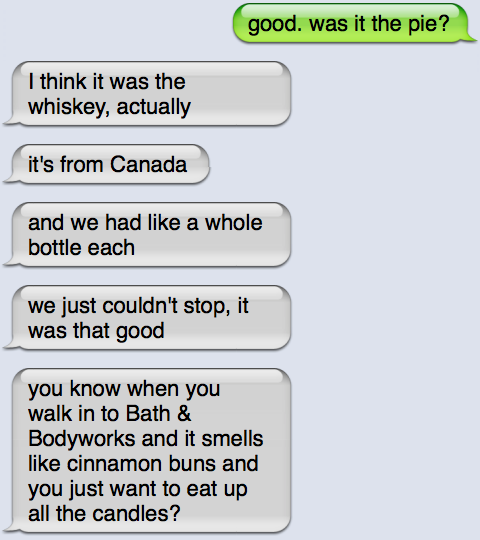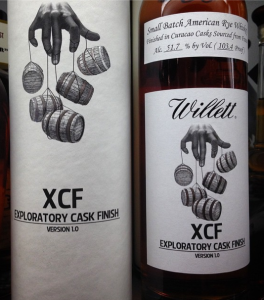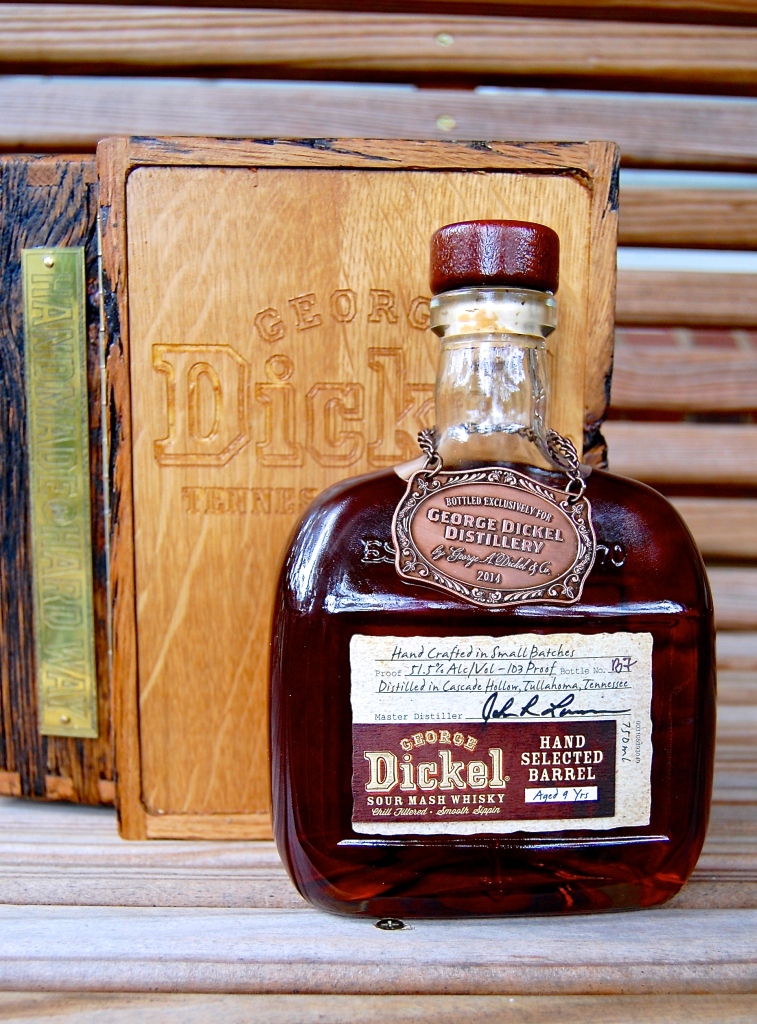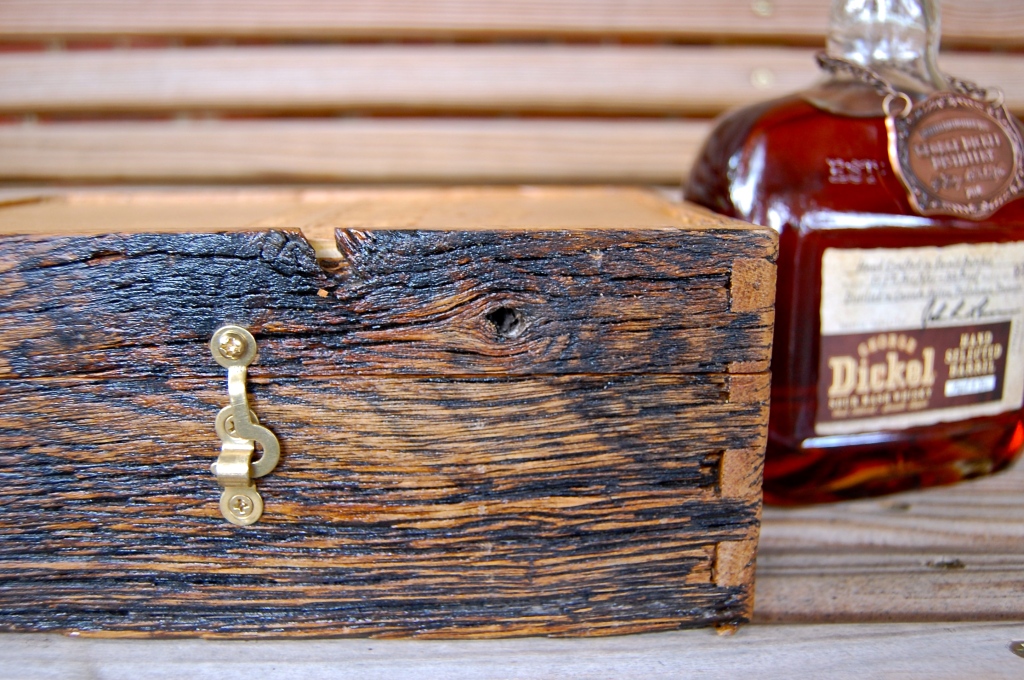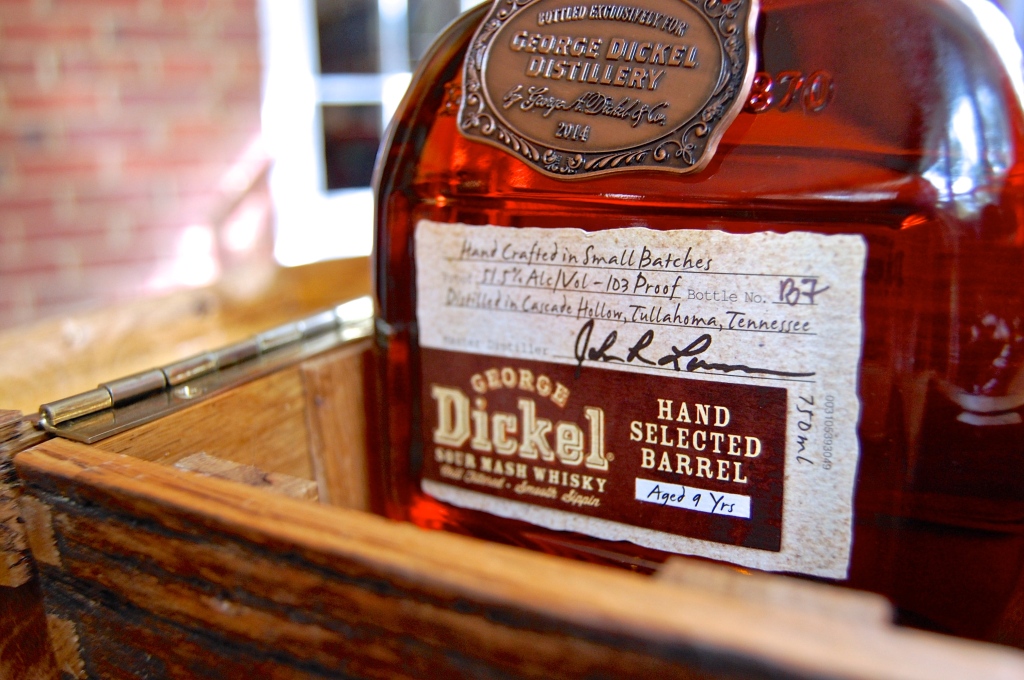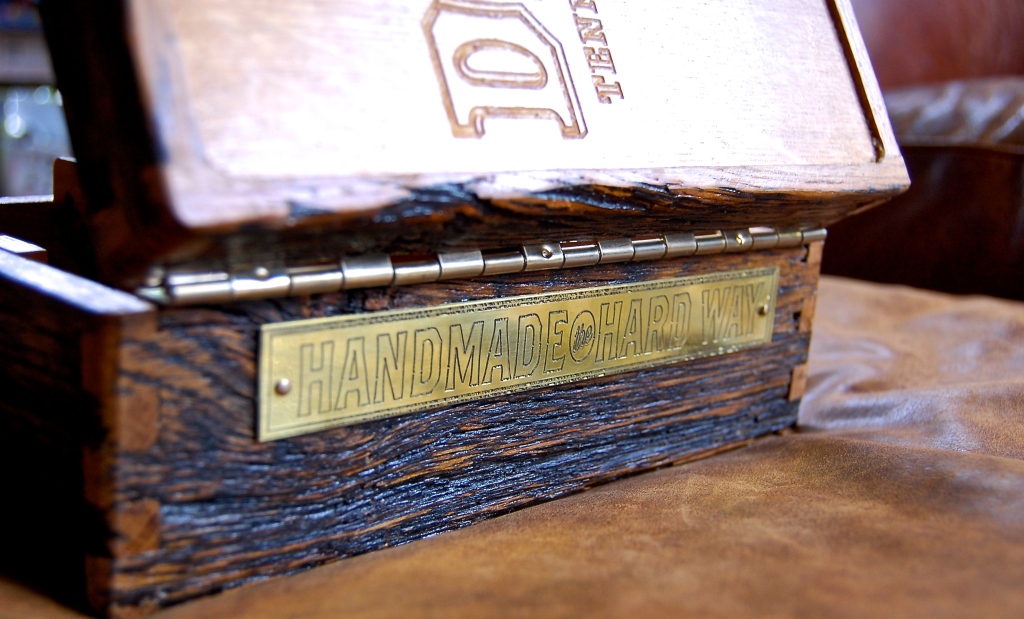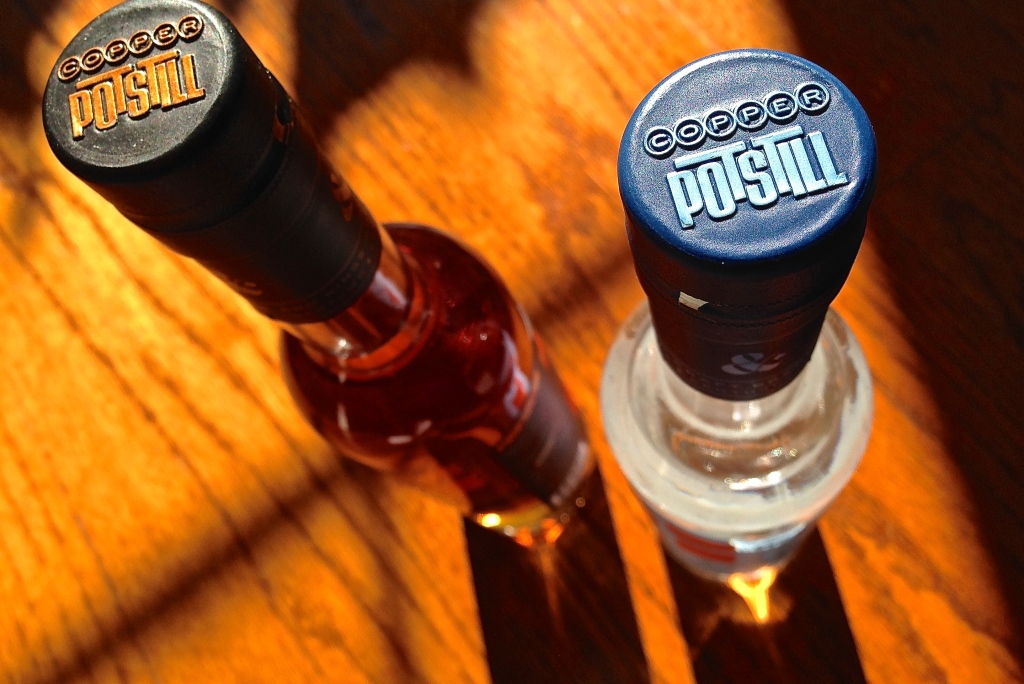
Raise your hand if you’ve ever had brandy. Cognac? Great. Armagnac? That too.
Now how about in the past year? Yes?
Now keep your hand raised if you’ve had American brandy in the last year? Laird’s Apple Brandy? Excellent.
OK, now keep your hand up if you’ve had an American brandy in the last year that was made from grapes, not apples. Still with me? Paul Masson? E&J Gallo? Korbel? OK, I’m not judging!
Now lastly, who’s had an American craft brandy made from grapes? Germain-Robin? Awesome! And congratulations – you are among a select few drinkers out there, willing to forego the popular in search of something different.
American grape-based brandy seems an afterthought in today’s craft spirits world. French brands like Pierre Ferrand get all the attention behind fancy cocktail bars, and even Laird’s Apple Brandy, an American institution (since 1780!), has gotten a well-deserved warm embrace from cocktail enthusiasts. But American brandy pales in comparison to its foreign cousins and grain-based brethren (like bourbon!) in terms of popularity. Which is kinda sad. I asked one of my favorite liquor shops in Atlanta if they sold much American brandy. The response? “American brandy, other than Laird’s, is non-existent.”
But it mustn’t be that way. Just ask the folks in Cognac – brandy can be among the most amazing spirits you will ever taste, and Cognac still sells quite well, especially at the high end. Over here in America, high end producer Germain-Robin may be without peer in the brandy game, but it’s nice to see some up and coming brandy brands trying to make a splash and bring brandy back into bars. Which brings us to Copper & Kings.
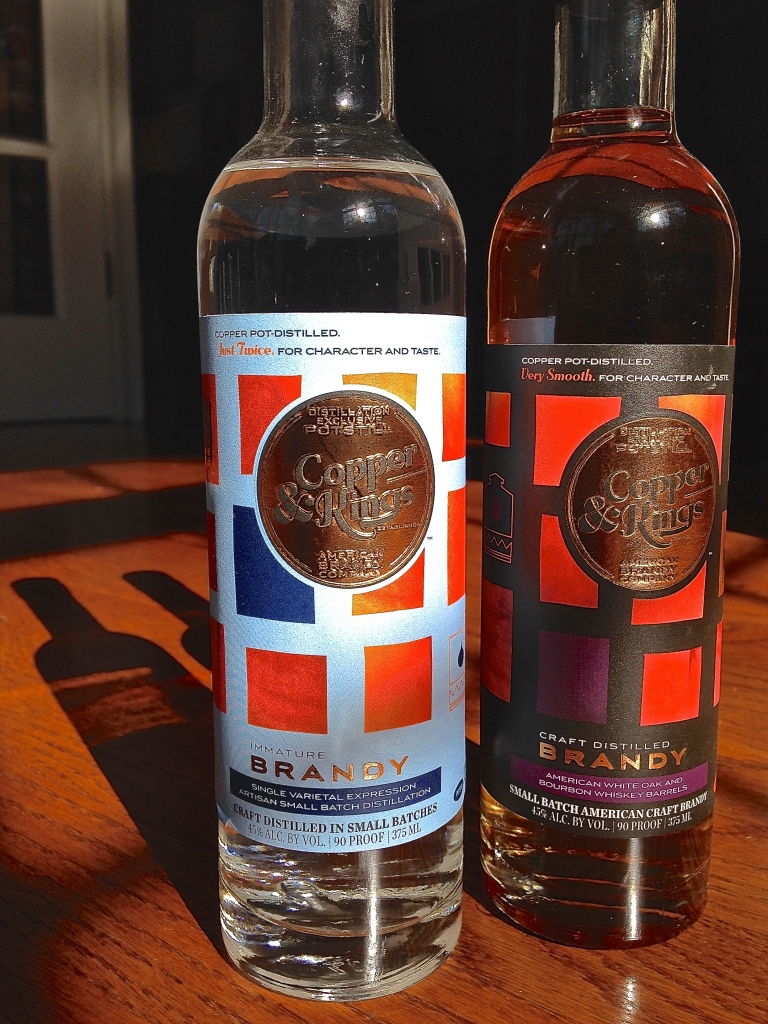 Here’s the way they describe themselves: “Founded by beverage entrepreneurs Lesley and Joe Heron, Copper & Kings produces non-chill filtered, unadulterated copper pot-distilled American brandy aged in bourbon barrels with no added boise, sugar or caramel coloring… The forward-thinking spirits distillery began producing modern brandy in a state-of-the-art facility earlier this year and celebrated with a grand opening ceremony in October.”
Here’s the way they describe themselves: “Founded by beverage entrepreneurs Lesley and Joe Heron, Copper & Kings produces non-chill filtered, unadulterated copper pot-distilled American brandy aged in bourbon barrels with no added boise, sugar or caramel coloring… The forward-thinking spirits distillery began producing modern brandy in a state-of-the-art facility earlier this year and celebrated with a grand opening ceremony in October.”
Copper & Kings operates out of the Butchertown neighborhood in Louisville, Kentucky. I was intrigued from the get go, and when I read on and learned a bit more about brandy’s history in the heart of bourbon country, my interest was piqued even more. From the company’s website, “distillation of brandy is as old as the Commonwealth Of Kentucky. Historical records show brandy being produced and regulated in Kentucky as early as 1781… (before) the Commonwealth of Kentucky was founded in 1792.” Turns out, even today, much of the mass-produced American brandy is aged and bottled in Kentucky. I did not know that.
Copper & Kings’ head distiller, Brandon O’Daniel, is described as “a Kentucky distilling thoroughbred with a bloodline that goes back four generations.” His family has roots in bootlegging and winemaking, and O’Daniel himself has spent years as a vintner, which certainly helps with understanding the potential for grape-based spirits.
While Copper & Kings is a young company, they are already offering two takes on brandy – an un-aged “immature” brandy, and an aged “craft” brandy, which is older than the company itself. Of course, this means they have found some stock to purchase and age and bottle that fit a certain profile they were looking for. I checked in with owner, Joe Heron (who also founded Crispin Cider), to get the scoop on their craft brandy:
We have brandy aged from 4 to 13 years in the bottle. We’ve found our sweet spot is around 7 or 8 years. We purchased aged pot-distilled brandy from many distilleries … (and) this was blended into our “DNA base” in Louisville. The DNA base is bottled, or aged further in bourbon barrels, or blended into our “new make” distilled in Butchertown – so three different uses. We will start to see our own distillate (as part of a blend with DNA base) reach the market in 3 to 4 years, and expect to be 100% distilled at the Butchertown distillery in around 6 years.
As for the immature brandy, Heron noted:
We are focused on classic brandy varietals – Muscat, French Colombard and Chenin Blanc. These are all Californian. We are fortunate in the USA to be able to distill and blend wonderful assertive aromatic grape varietals, giving us our own distinctive style. Muscat is the specific grape varietal used for both the immature brandy and absinthe (which Copper & Kings also produces and sells). Brandy distillate is always about varietal nuance. Restraint within the distilling process is incredibly important to maintain the nuance, to highlight the unique aromatics that are specific to individual varietals.
I asked him what he hoped to achieve for American brandy, and Heron wasn’t shy with his ambitions:
We aspire to add to Kentucky’s distilling heritage. Our ambition is to make American brandy as respected and admired as American whiskey / bourbon. We aim to make American brandy as highly regarded as Cognac and Armagnac.
Currently available in Georgia, Kentucky, Tennessee, Minnesota, Wisconsin, Indiana, Illinois, and Ohio (or online at places like Ezra’s), these are fascinating sips for anyone interested in learning about brandy. The craft brandy, in particular, will make many a bourbon fan happy, and hopefully lead a few Kentuckians to consider other spirits bottled on their home soil. On to the tasting notes…
 Copper & Kings Craft Distilled Brandy
Copper & Kings Craft Distilled Brandy
90 Proof
Approx. $35 Retail
Tasting Dates: December 1 – 15, 2014
Thirsty South Rating: Good Stuff*
OK, bourbon lovers – this looks like your favorite sip. It smells a good bit like your favorite sip – vanilla and light caramel from that time in the barrel, a good dose of crisp apple and pear, floral notes emerging if you sniff it over ice, even a bit of cotton candy sweetness. And you get a sense right away that this is going to be smoooooth.
I would not be surprised if many a drinker mistakes this for a fruit-forward bourbon. The entry is, as noted, smooooth, then some cinnamon spice and heat kick in – a brief moment of harshness there in the middle – then on into a long but pleasantly lingering burn. A cube of ice brings out a more lush feel, a touch more caramel, and some chewy grape gummy fruit. This is a pleasant sipper, especially on the rocks, but I wouldn’t call it overly complex.
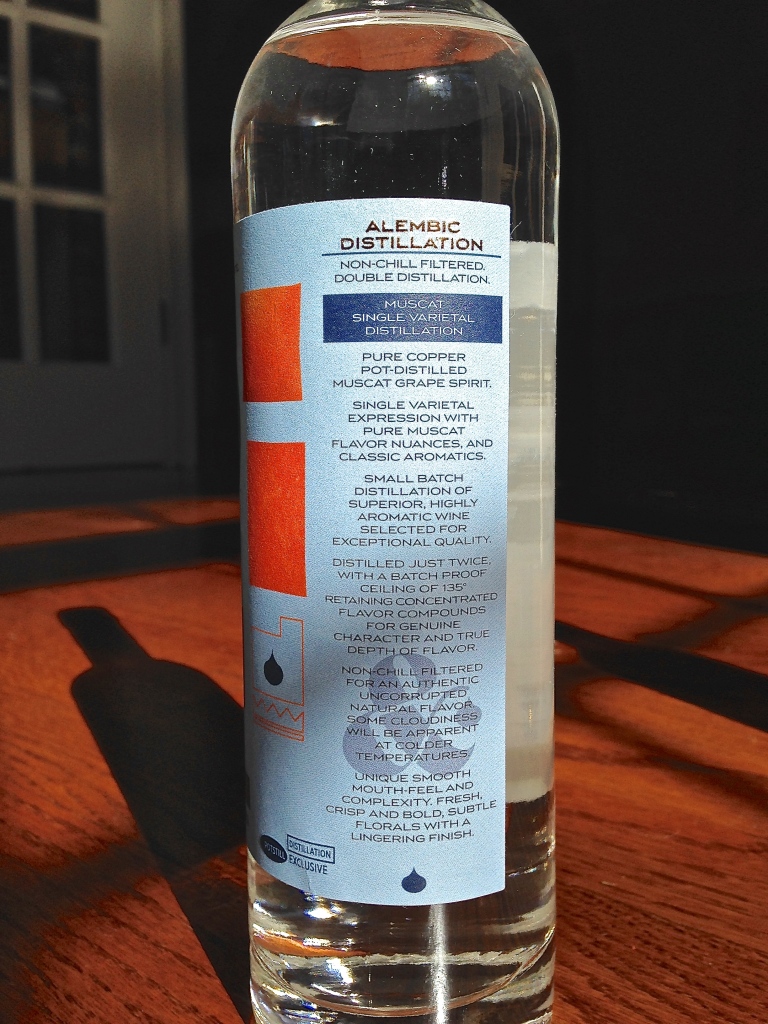 Copper & Kings Immature Brandy
Copper & Kings Immature Brandy
90 Proof
Approx. $30 Retail
Tasting Dates: December 1 – 15, 2014
Thirsty South Rating: Fair – Good Stuff*
Now this will not be confused with bourbon. Or moonshine. Or whatever you like to call white whiskey. Clear as day, this un-aged brandy is admittedly better as a base for cocktails than it is as a standalone sipper.
The nose is heavily floral, loads of tropical fruit, highly aromatic. There’s ripe peach and mango, passionfruit – ever have that POG juice that was popular in the 90’s? That’s what this smells like. There’s also a background petrol-like note that may remind some wine geeks of German Riesling. Let this sit with ice and the nose becomes practically explosive – but it’s also a bit out of balance. To misappropriate that song on the radio, it’s all about that treble, bout that treble, no bass.
Sipped neat or over ice, the immature brandy is full and crisp, a bit tart, plenty fruity. But it screams out for some other ingredients to play with in a cocktail setting (I feel the same way about most un-aged whiskeys – and I totally get why a new distillery needs to churn out un-aged products to grow their business). As it chills with ice, a yeasty character comes out a bit, like berry jam on a yeasty roll. The finish stays crisp, and goes on surprisingly long. You can find a number of suggested cocktail recipes on the Copper & Kings website, and I’d recommend that as the best way to explore this particular new American brandy.
For more about brandy and American brandy, check out The Serious Eats Guide to Brandy.
*******************************
* Thirsty South Rating Scale:
Wow – among the very best: knock-your-socks-off, profound, complex liquid gold!
Excellent – exceptional in quality and character, worth seeking out, highly recommended
Good Stuff – solid expression of its type/varietal, enjoyable and recommended
Fair – fairly standard or exhibiting obvious though minor flaws
Avoid – move away folks, nothing to see here, a trainwreck
Full Disclosure: Tasting sample provided by Copper & Kings.
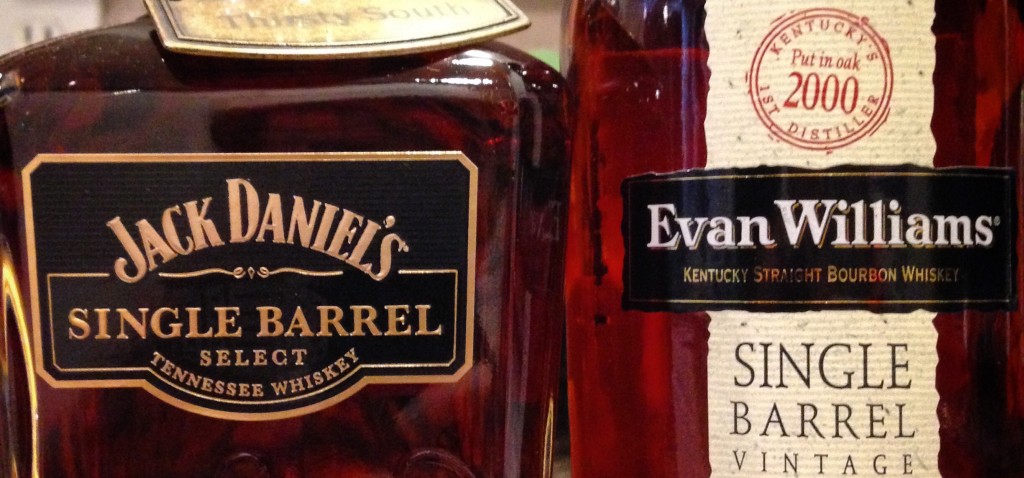 I posted this on Instagram the other day – having a little fun with the names of these two whiskeys and the fact that they’re both single barrel selections – “Jack and Evan, two singles looking to have some fun.” These were the two bottles I picked out to take with me on holiday. Both fun whiskeys. Both single barrel offerings.
I posted this on Instagram the other day – having a little fun with the names of these two whiskeys and the fact that they’re both single barrel selections – “Jack and Evan, two singles looking to have some fun.” These were the two bottles I picked out to take with me on holiday. Both fun whiskeys. Both single barrel offerings.




